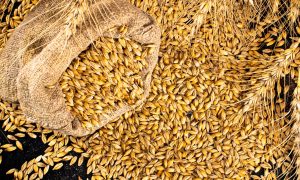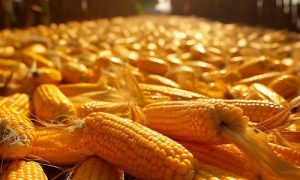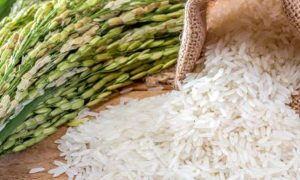Haryana farmers are rethinking rice after September rain. Carrots, ginger, turmeric?

In Sonepat, Haryana, farmer Rajbir Singh lost over 60% of his rice crop due to heavy rains on September 19-20, just before harvest. This reflects a broader issue for Haryana farmers facing unpredictable monsoons influenced by climate change. With delays affecting planting schedules, many are considering switching to resilient underground crops like turmeric to mitigate risks.
Sonepat/Jind (Haryana): Rajbir Singh spent July wishing for rain. By September, he was cursing it. Just as he was gearing up to harvest his 1.5 acres of rice in Sonepat’s Sisana village, two days of heavy rainfall on 19 and 20 September flattened his crops. Over 60 per cent of his yield was wiped out by the delayed and prolonged rains. Now, his only hope is to sell what’s left and prepare his field for the wheat crop in October—if the rains stop in time.
“Even two days of heavy rain during August and September can cause so much damage to farmers. It ruins crops, and delays both the rice harvest and wheat sowing,” said Rajbir, who has been anxiously waiting for the southwest monsoon to finally withdraw.
Rajbir’s struggle is shared by farmers across Haryana. Some watched helplessly as heavy, scattered rains hammered mature crops; others said their harvests were delayed by the monsoon’s late arrival and lingering retreat. As worries about stubble burning and Delhi-NCR pollution rise, Haryana farmers are now talking about switching to underground crops like turmeric and root vegetables— which can better withstand the heavy, unpredictable rainfall. The trigger for all these concerns—extreme weather changes.
This year’s monsoon stood out due to the shift from a receding El Niño to an advancing La Niña, bringing heavier rains toward the end of the season and stretching the withdrawal period by a week. But experts point out that monsoons in northwest India have been growing more erratic for years.
“We have noticed a delay in the initiation of the monsoon withdrawal over northwest India for the last few years now,” said Akshay Deoras, research scientist at the National Centre for Atmospheric Sciences, University of Reading, UK. “As the date for monsoon withdrawal stretches, it not only impacts the kharif harvest but also the entire agricultural cycle in northern India.”
The India Meteorological Department (IMD) partly predicted a skewed monsoon, citing La Niña effects that typically bring heavier rain toward the end of the season. But farmers didn’t plan for the double whammy—first the deficit rainfall of June and July and then downpours long after the expected 17 September retreat of the monsoon. It’s hit kharif crops across North India, and now farmers are fretting about a dampening effect on their next crop as well.
Source Link : https://theprint.in/ground-reports/haryana-farmers-are-rethinking-rice-after-september-rain-carrots-ginger-turmeric/2285778/














